Hand punching skills | three-stage style, mixing method, one-knife flow, drip method, three warmth
Professional coffee knowledge exchange More coffee bean information Please pay attention to coffee workshop (Weixin Official Accounts cafe_style)
Qianjie Coffee: Guangzhou's baking shop, small store but a variety of beans, can find a variety of famous beans, but also provide online store services. https://shop104210103.taobao.com
Today we introduce the common methods of hand brewed coffee:
Several common techniques are: one knife flow, three stages, stirring method, and point injection method, volcanic rush, meteorite rush, Kono rush, zigzag rush, three warm and so on.
Hand brewing is so diverse, but only for one purpose, and there is no lack of experimental fun in getting a unique cup of good coffee. It's easy to brew a delicious cup of hand-brewed coffee at home. Master some tips and keys, and you can also get a delicious cup of hand-brewed coffee.
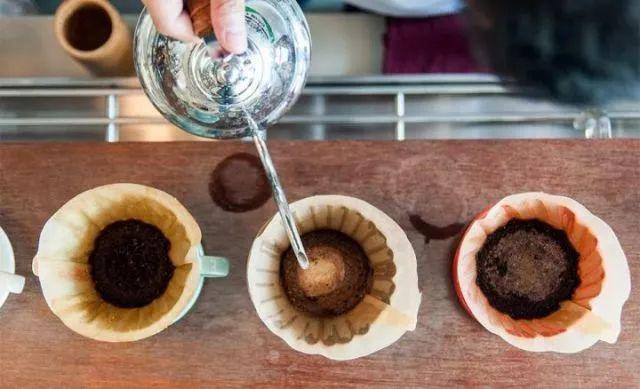
-1-
three-stage water injection
That is, extraction in stages, injecting one section of water into three sections.
Suitable for light, medium and light roast coffee beans
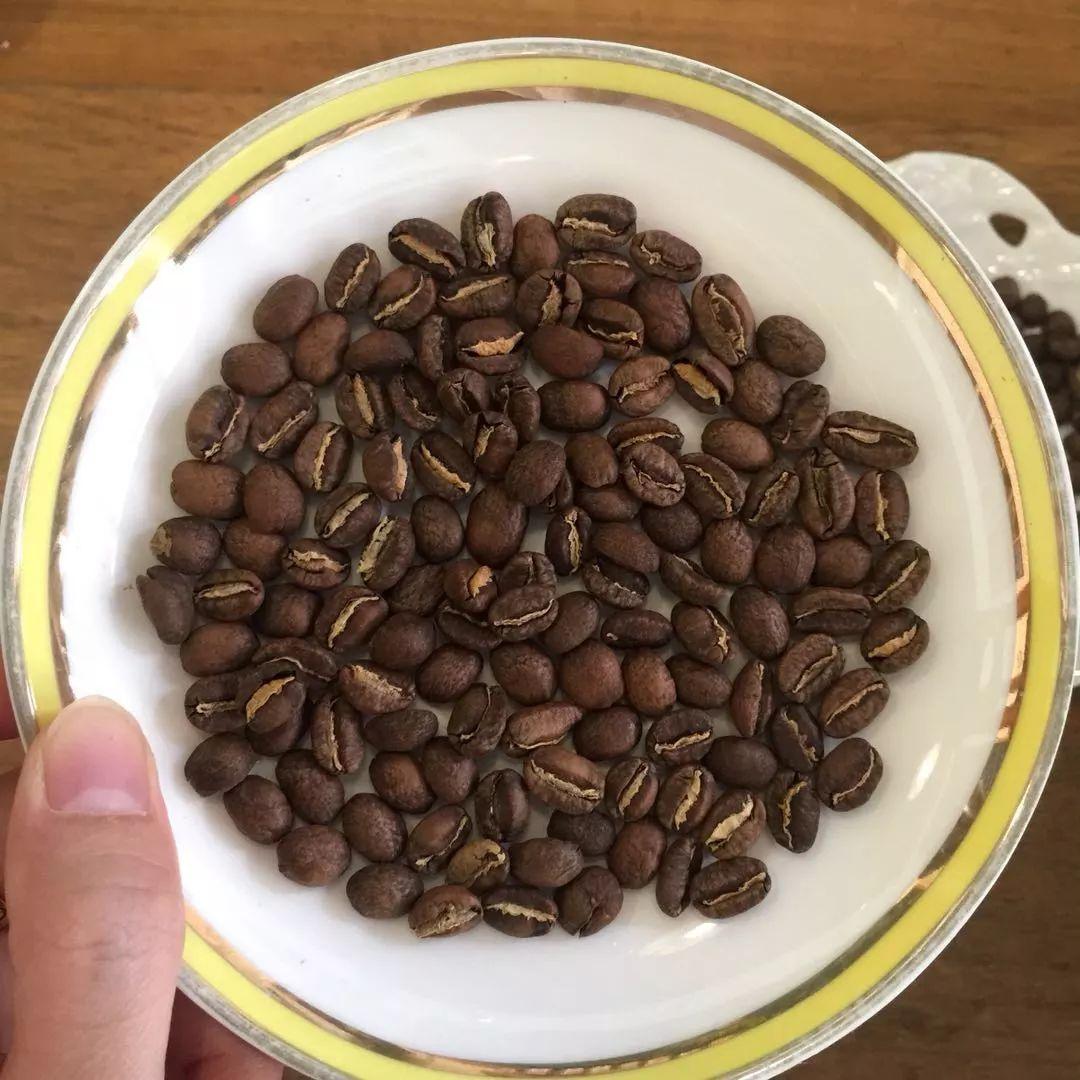
Fractional extraction method of three-stage water injection
Advantages: More rich than a knife flow layer, can be clear coffee before, during and after the flavor. The method is to increase the amount of water injected each time after steaming, usually when the coffee liquid is about to drop to the surface of the powder layer, and to do three-stage extraction with small, medium and large water flows.
Disadvantages: There will be relatively high requirements for water flow rate and flow rate.
Take Yega Shefi Kocher for example,
Use [Three-stage water injection method]+ V60 filter cup
15 grams of powder, water temperature 88.9 degrees, grinding 3.5,
The water powder ratio is close to 1:15
35g water steams for 32s
Staging: water injection to 110ml, water cut off, slowly water injection to 228ml
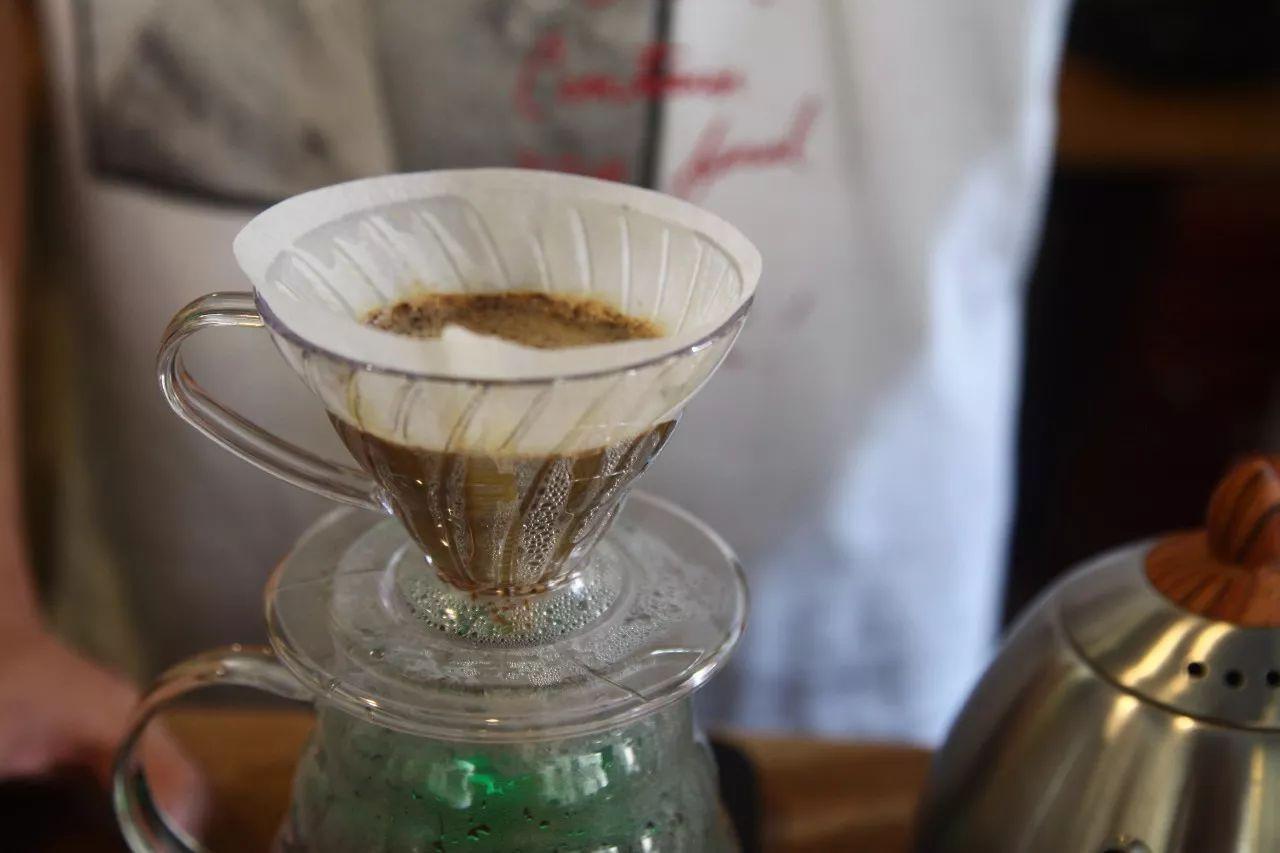
-2-
stewing with stirring
Suitable for very light roast, light roast, light medium roast coffee beans
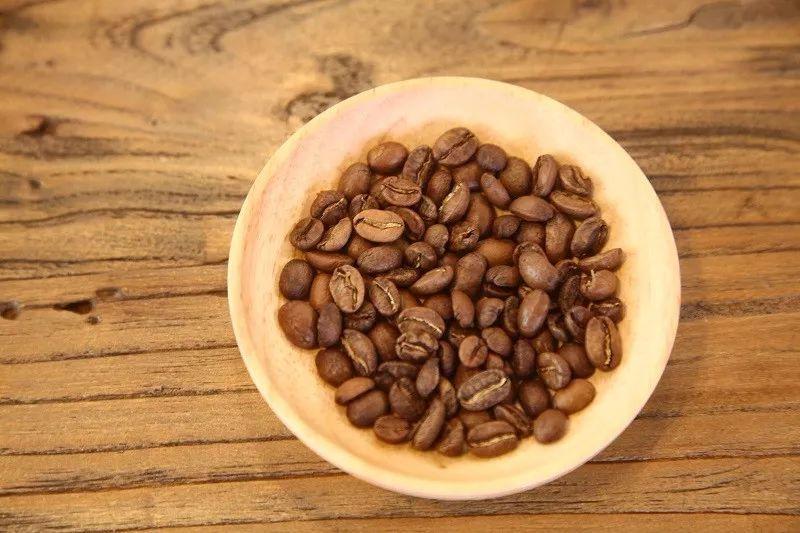
European-style stirring method: In the stewing stage, cross stirring with a stirring rod is also a branch of the three-stage, which was developed after Matt Perger, the champion of the 2012 World Brewing Competition. This practice can effectively enhance the release of aromatic substances in coffee beans, amplify the flavor advantages of coffee beans, enhance the taste of coffee, not too thin.
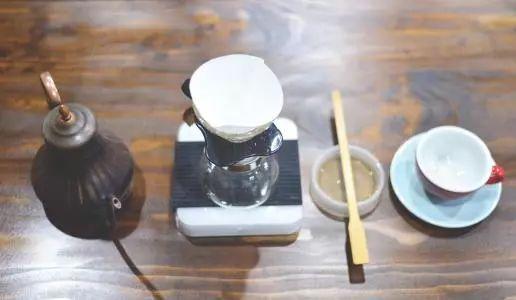
Blending requires high quality coffee beans, and if you use poor coffee beans, you will amplify its bad flavor. In addition, the stirring stewing method is more suitable for brewing lightly roasted coffee beans, and the grinding degree is often finely ground, which can increase the soaking area of coffee powder and improve the extraction rate. Not so good is more difficult to grasp the degree of stirring, stirring too much will have a hard sour, long will be bitter, intensity must also be feminine.
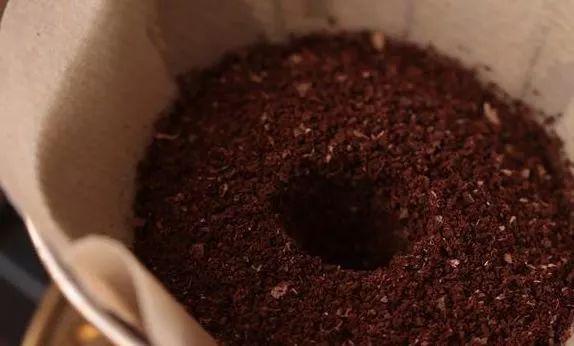
Make a small hole in the center of the flour before steaming and pouring water. In fact, the purpose is very simple, that is, because there are more central powder, it is used to concentrate the flow and evenly disperse the flow. Of course, this is not necessary. The impact of water flow during injection can also be used to achieve this goal.
However, if you do not grasp the degree of stirring, it is easy to over-extract. This practice can effectively enhance the release of aromatic substances, but also has a significant effect on the flavor.
Take the panama butterfly, for example
Use [Stirring Method]+ V60 Filter Cup
15 grams of powder, water temperature 88 degrees, grinding 3.5,
The water powder ratio is close to 1:15
Steam for 30 seconds (light medium roast)
After stirring for 10 seconds with a wooden stick while steaming,
Continue to spiral water injection
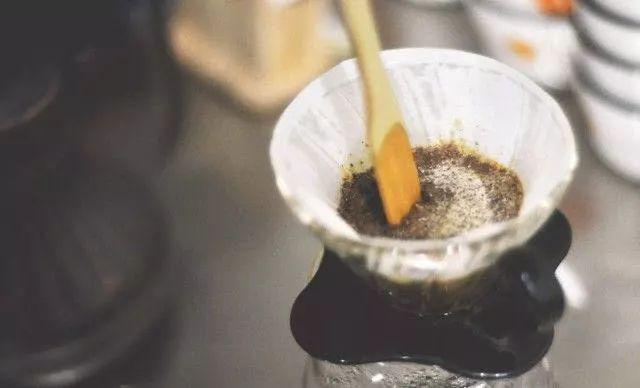
-3-
one blade school
Coffee beans suitable for medium or dark roasts
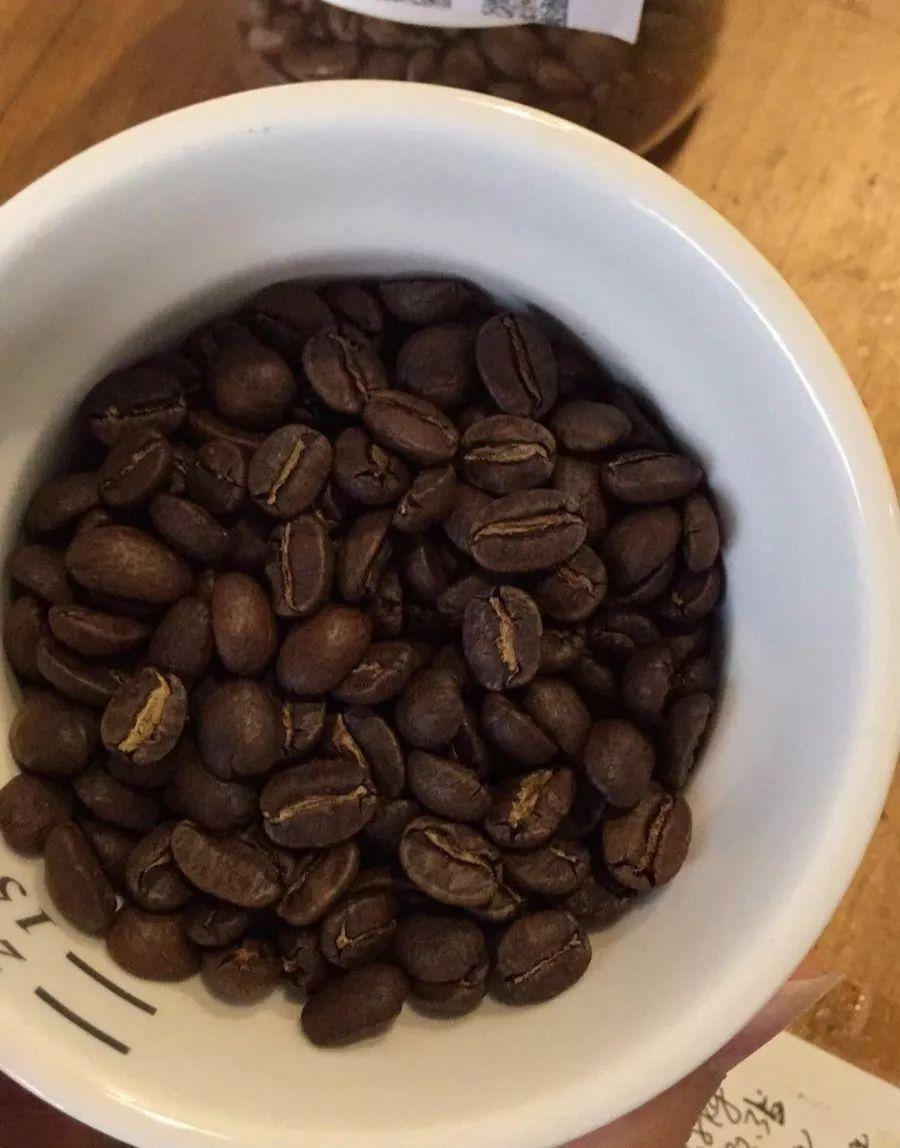
Its meaning is that after steaming, only one uninterrupted water injection is made, hence the name
After stewing, an uninterrupted injection of water can make the coffee powder continuously soaked in water, the retentate fully releases the aromatic substances in the coffee powder, the flow rate is continuously increased, and the water flow is reduced before the filter cup.
This method mainly controls the problem of water injection volume and flow rate, which can achieve the whole section without losing the sense of balance. An inappropriate water injection method will destroy the overall balance of coffee.
This approach is mainly to maintain a sense of calm flavor and balance. The bad thing is that because the water injection method is not well controlled, the water falls through the filter paper at the edge of the upper layer without coffee powder, so that the coffee made may be mixed with water flavor.
Take Jamaica Blue Mountain as an example, use [One Knife Technique]+ flannel
25g powder, water temperature 85 degrees, grinding 4.5 (small Fuji)
The water powder ratio is close to 1:10
40g water steams for 20s
-4-
Japanese drip method
Coffee beans suitable for medium roast, medium depth and dark roast
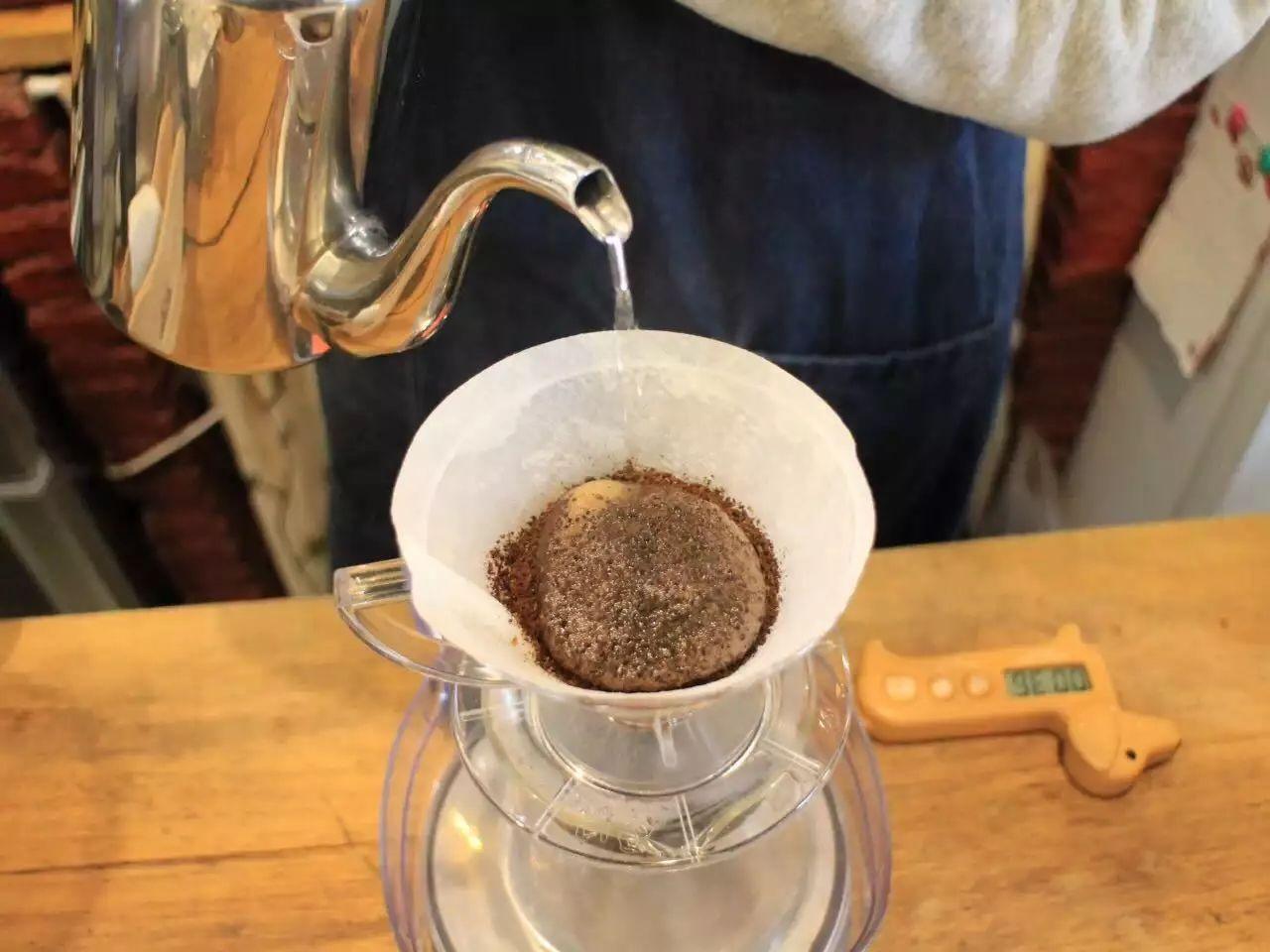
Drip type water flow is weak, as little as possible to destroy the coffee powder layer, reduce convection, increase the soaking time, this Japanese method to make coffee alcohol high, sweet, rich smooth, distinct texture.
Because the water from the hand-washed pot needs to be in a drop-by-drop state, it is suitable to choose a flat wide-mouth spout or a wide-mouth crane spout.
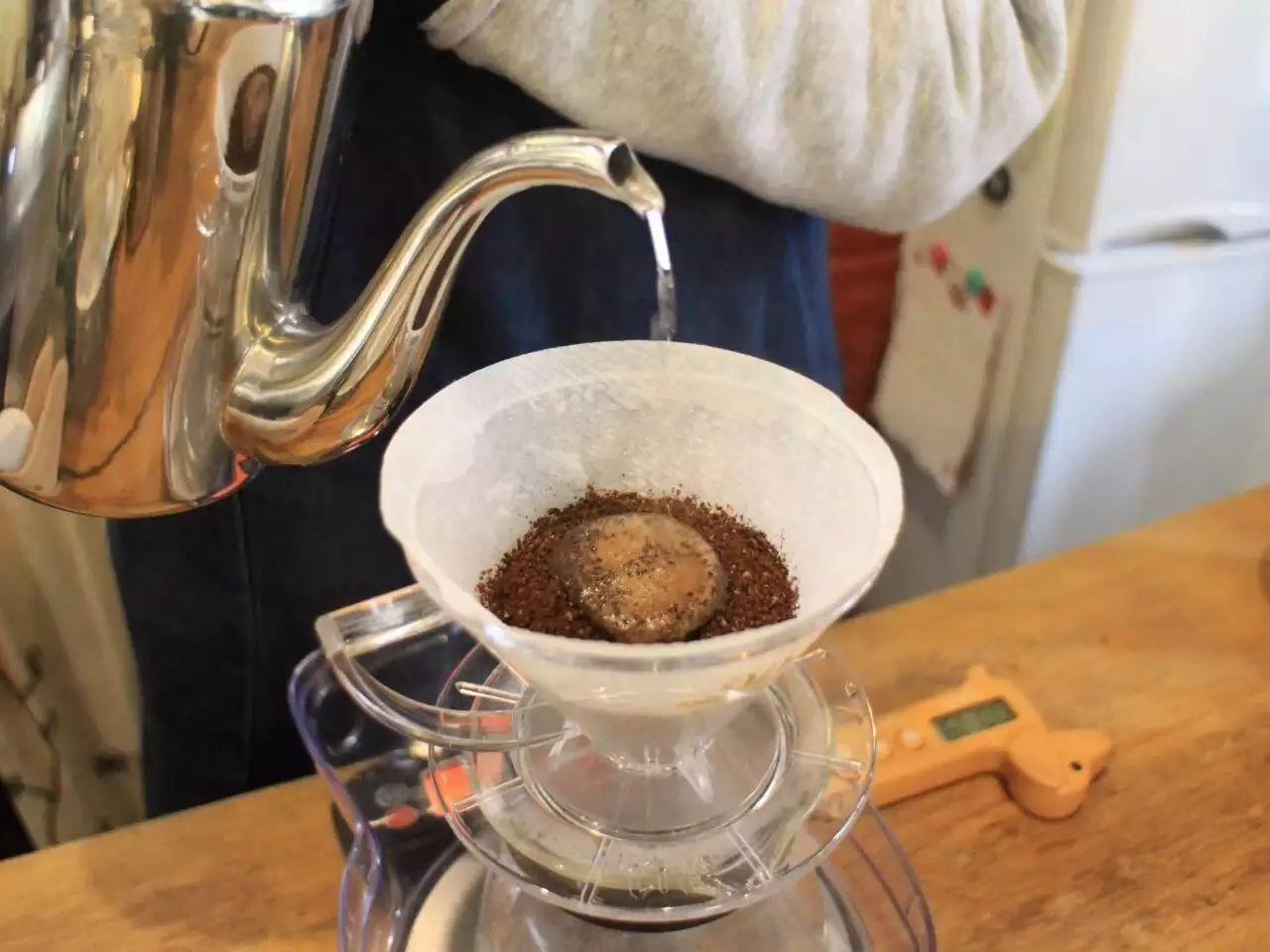
The advantage of this kind of hand-flushing pot is that the thickness of the water flow is highly controllable, and it is more suitable for drip injection method. With Kono's conical filter cup, its ribs stop less than half the height of the filter cup. This design allows the filter paper to fully adhere to the cup wall after absorbing water. The exhaust space is greatly limited. This method is more suitable for medium and deep roast coffee beans.
At the beginning of water injection, we use drip water injection, so as to increase the soaking time. Under the condition of low water-powder ratio, the coffee powder is fully expanded without any miscellaneous taste. Then, we use fine water flow and coarse water flow to inject water to extract the flower fragrance in the front part of coffee. The whole process takes about 4-5 minutes.
Take Mantenin for example.
Use [Drip Method]+ KONO Filter Cup
18 g powder, water temperature 83 ℃, grinding 4 (small Fuji)
The water powder ratio is close to 1:13
Steaming for 2 minutes to 2 minutes and a half
Extraction time 4 minutes
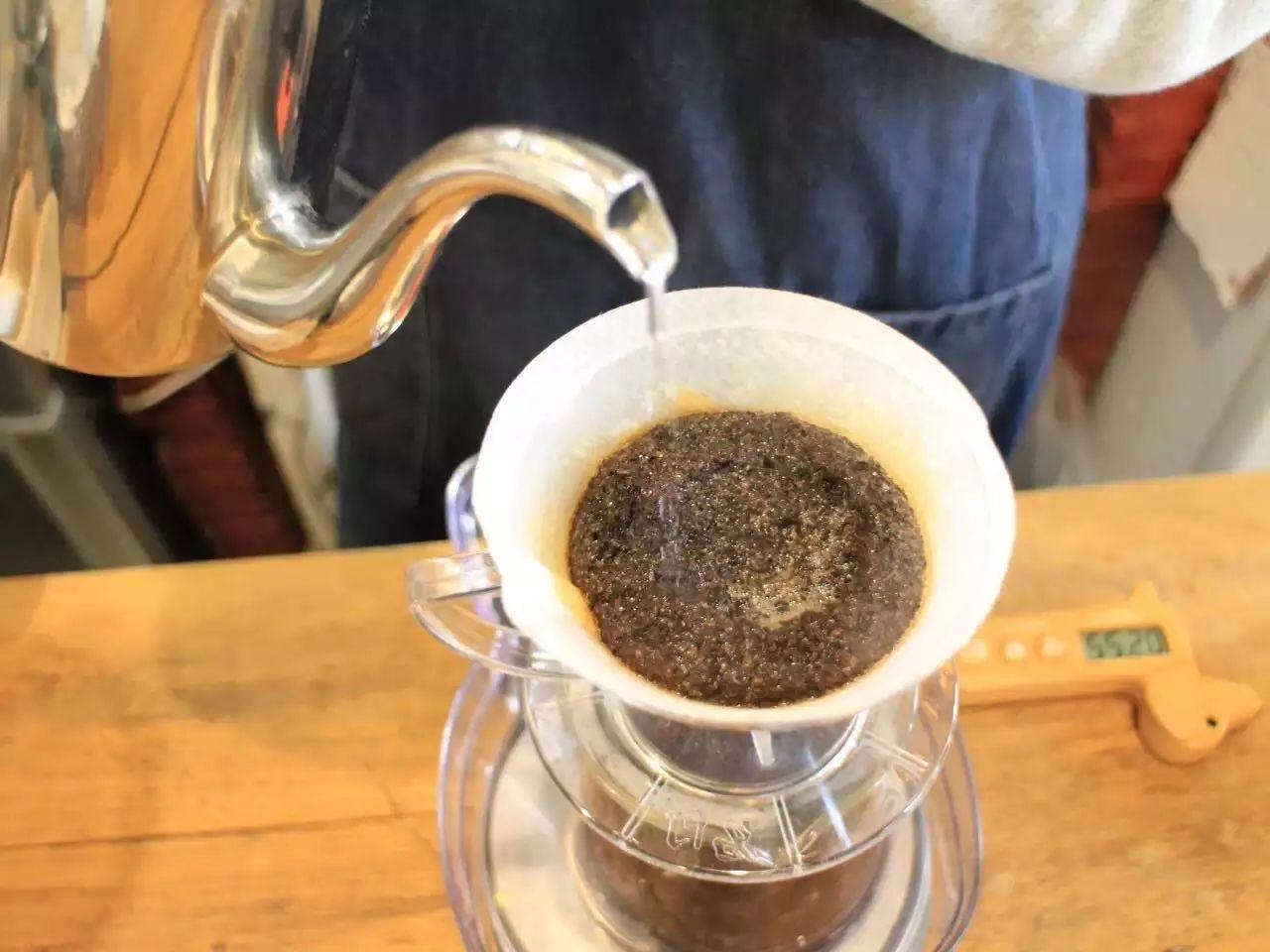
-4-
Sanwen Hand-washing Method
Suitable for light and medium roast coffee beans
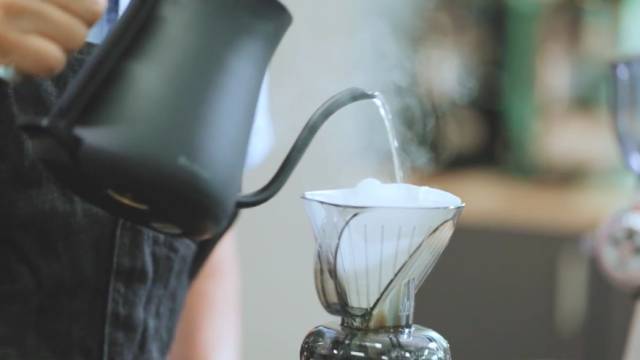
During the brewing process, three different temperatures are used to brew and extract in stages.
[Three warm hand brewing method] benefits: can extract a cup of aroma sufficient, sweet and sour feeling full, long aftertaste of light roast coffee. To a certain extent, the segmentation and cooling can fully express the layering and fullness of coffee, avoid the smart cup soaking extraction, or slow filtration and lead to over-extraction of the scorching feeling.
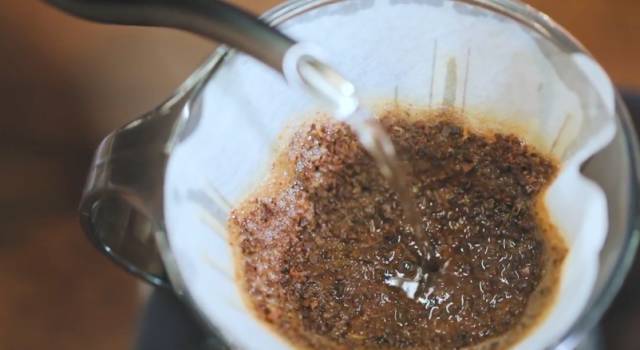
The first big water injection, the water temperature is still very high. Because high water temperature is conducive to the aroma of coffee in the full extraction out.
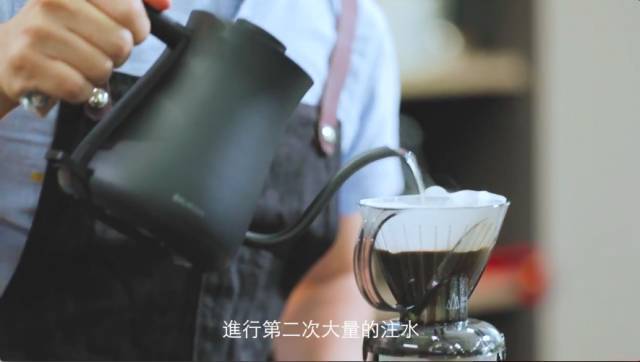
The second large amount of water injection, the water temperature will be between 8~93 degrees, the higher the water temperature, the higher the acidity of coffee, the brighter, the lower the water temperature, the sweeter the coffee will be. Water injection to 200cc (about 200 g).
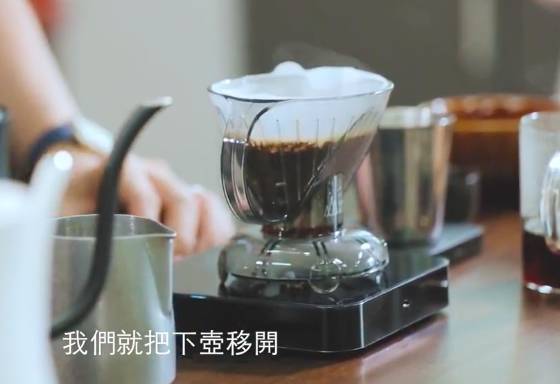
At the end of the second drip, lift the smart cup, the switch stops the flow, stops the filtration, and removes the lower pot.
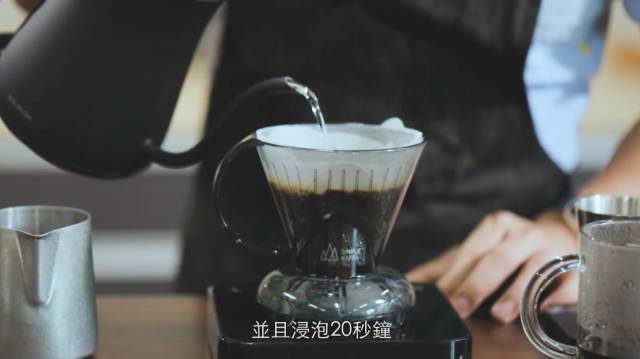
Example of washed beans for Ethiopia
Use [Sanwen Warm]+ Smart Filter Cup
Powder weight: 16 g, water content: 240cc
The first water injection (stewing): water temperature-close to boiling; time 30s.
The second water injection (filtration): large water injection, water temperature is still close to boiling.
The third water injection (filtration): the water temperature drops to between 88 and 93 degrees, and the water is injected with a large amount of water to 200cc.
The fourth water injection (immersion): the water temperature drops to 80~85 ℃, 40 grams of water injection and immersion for 20 s.
Important Notice :
前街咖啡 FrontStreet Coffee has moved to new addredd:
FrontStreet Coffee Address: 315,Donghua East Road,GuangZhou
Tel:020 38364473
- Prev
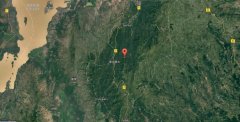
What's the difference between coffee from the Red Cherry Project and coffee beans from the non-Red Cherry Project?
There are mainly eight major producing areas of Ethiopian coffee, namely: Lekempti, Limu, Illubabor, Djimmah, Harar, Teppi/Bebeka, Sidamo, Yirgacheffe. Yega Xuefei is a small town in Ethiopia, 1700-2100 meters above sea level. It is one of the highest coffee producing areas in the world. It is also a boutique coffee in Ethiopia.
- Next
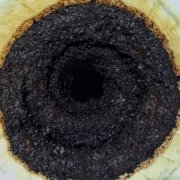
Hand punching technique | Volcano flushing, meteorite flushing, pine house flushing, zigzag flushing, cooling hand flushing method
Last time we introduced the common methods of hand-brewing coffee: one-knife flow, three-stage method, stirring method, and spot injection method, three-stage warm hand-brewing technique | there are actually no hard rules for three-stage coffee brewing, mixing method, one-knife flow, drip method, three-warm hand brewing method, powder thickness, powder-to-water ratio, size flow, flow height, brewing time, circle or drip, and so on.
Related
- Beginners will see the "Coffee pull flower" guide!
- What is the difference between ice blog purified milk and ordinary milk coffee?
- Why is the Philippines the largest producer of crops in Liberia?
- For coffee extraction, should the fine powder be retained?
- How does extracted espresso fill pressed powder? How much strength does it take to press the powder?
- How to make jasmine cold extract coffee? Is the jasmine + latte good?
- Will this little toy really make the coffee taste better? How does Lily Drip affect coffee extraction?
- Will the action of slapping the filter cup also affect coffee extraction?
- What's the difference between powder-to-water ratio and powder-to-liquid ratio?
- What is the Ethiopian local species? What does it have to do with Heirloom native species?

